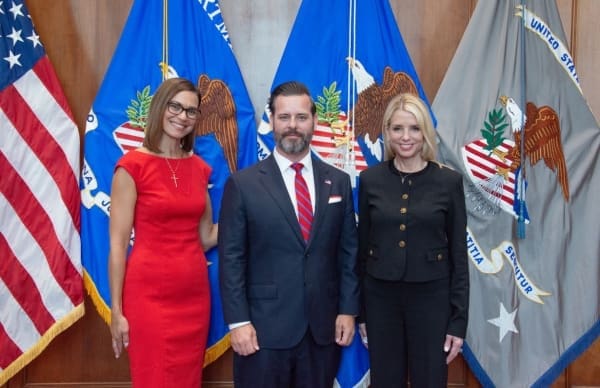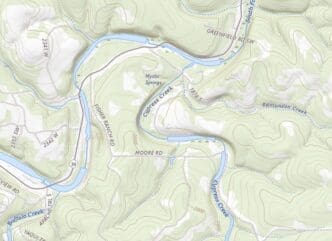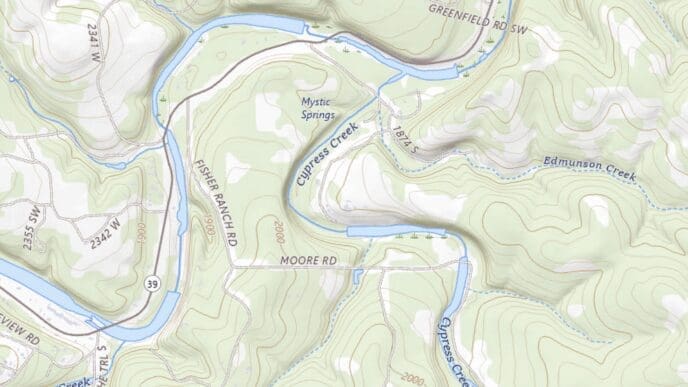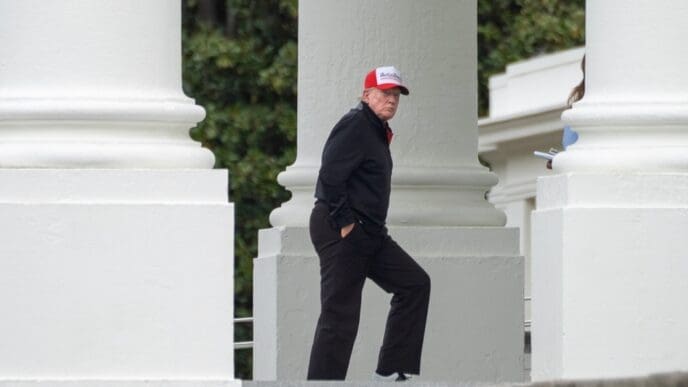A recent series of incidents involving drones and commercial airliners have raised concerns about aviation safety near major airports in the United States. In November, a commercial flight approaching San Francisco International Airport encountered a drone just outside the cockpit window, leaving pilots with no time to react. A month earlier, another jetliner reported a “close encounter” with a drone while flying at 4,000 feet near Miami International Airport. Similarly, in August, a drone came within 50 feet of a passenger jet departing from Newark International Airport. These incidents, classified as “near midair collisions,” highlight the potential for catastrophic outcomes.
Reports indicate that drones were involved in nearly two-thirds of the near midair collisions at the nation’s 30 busiest airports last year. This represents the highest percentage of such incidents since 2020, when air traffic decreased due to the COVID-19 pandemic. Since the first reports of near misses involving drones in 2014, the number of such encounters has increased significantly. Over the past decade, drones have been linked to 51% of reported near misses.
Passenger jets have long faced risks such as bird strikes and congested airspace. However, the proliferation of drones has intensified these threats, particularly near airports where flight paths frequently overlap. The Federal Aviation Administration (FAA) estimates that more than a million drones are being operated in the United States for both recreational and commercial purposes.
Despite FAA regulations prohibiting drones from flying near airports without authorization, enforcement remains challenging, and many recreational users may be unaware of these restrictions. Drones over 250 grams must be registered and carry a radio transponder to help prevent collisions. However, experts argue that more measures are needed, such as implementing systems to detect and counter drones near airports and requiring manufacturers to program drones to avoid restricted areas through “geofencing.”
While some drone manufacturers, like DJI, previously used geofencing, they have since replaced the feature with alerts for operators when approaching restricted zones. The FAA has not disclosed whether it plans to mandate geofencing.
To address the issue, authorities are encouraged to hold drone operators accountable for violating airspace restrictions. Recent incidents, such as the arrest of individuals operating drones near Logan International Airport and a collision between a drone and a firefighting plane in Southern California, underscore the need for stricter enforcement. The latter case resulted in significant damage to the aircraft and legal consequences for the drone operator.









